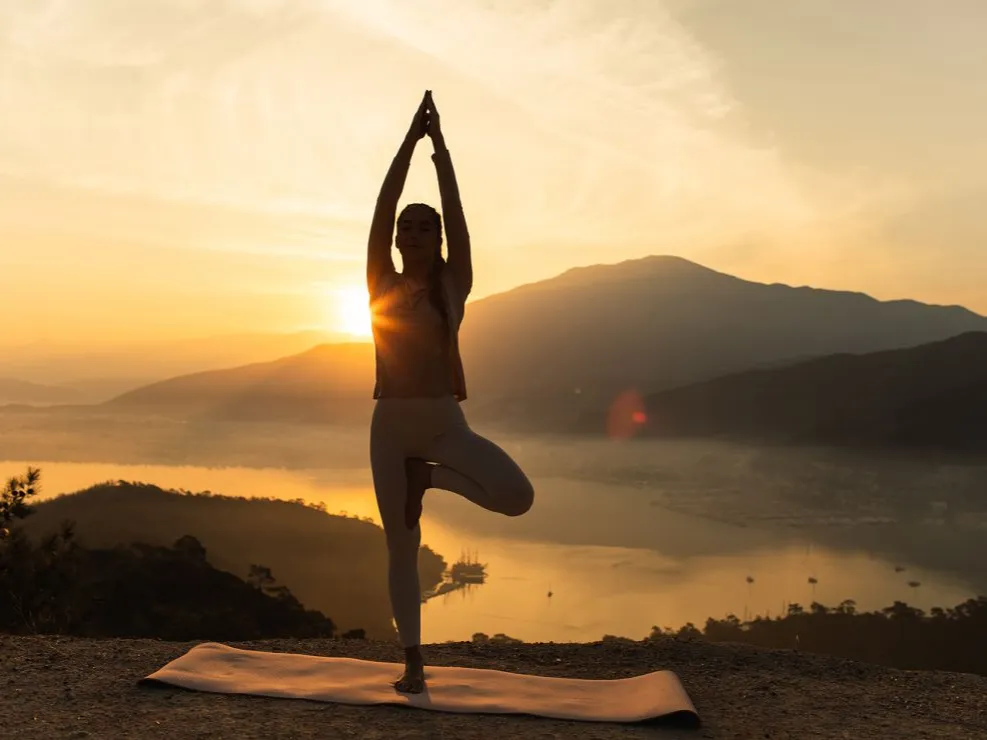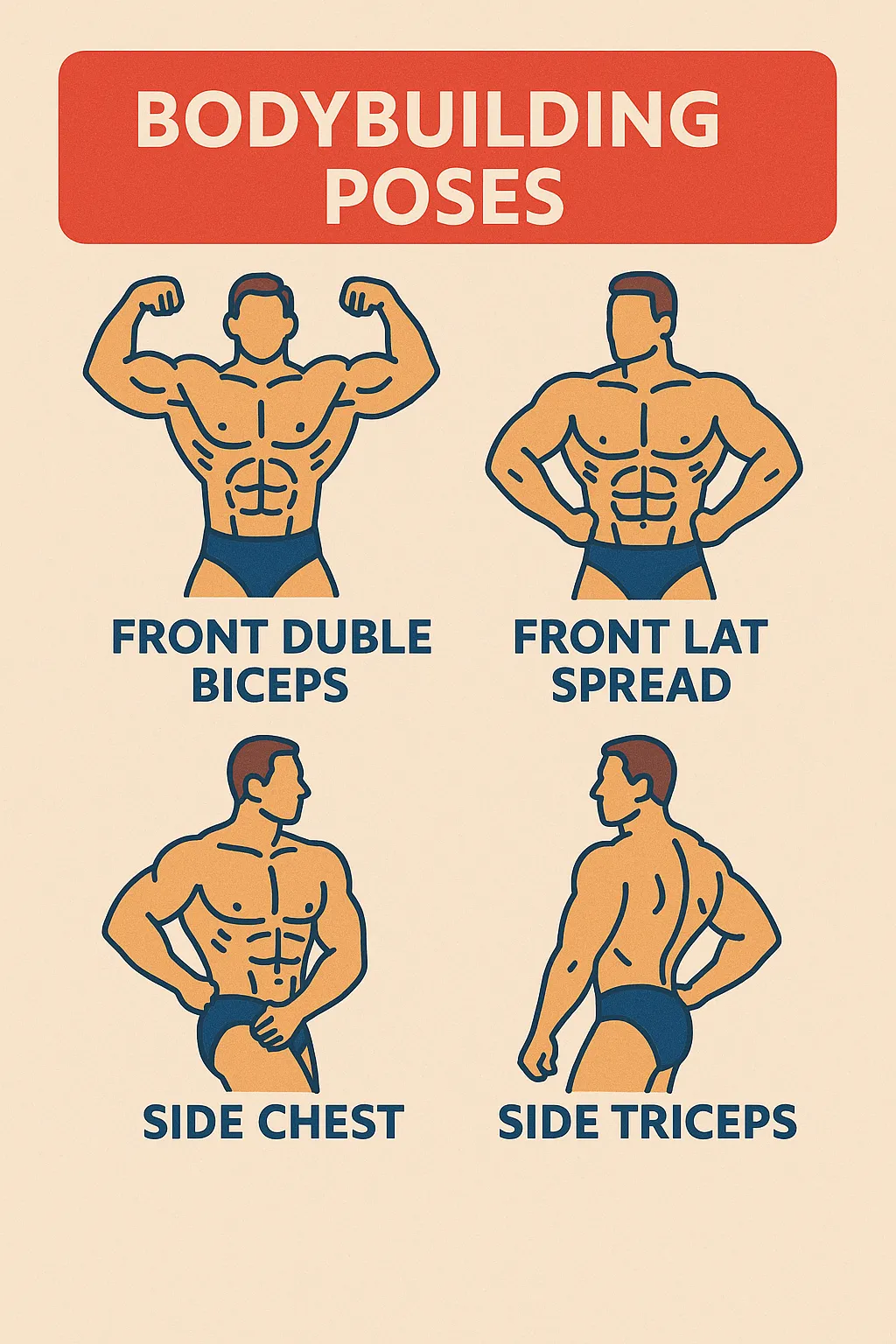Yoga has numerous health benefits, including muscle development, increased sleep, flexibility, and stress reduction. However, each style and method of the exercise has unique benefits.
Some examples include karma yoga, Kundalini yoga, Bhakti yoga, tantra yoga, yin yoga, hatha yoga, power yoga, yoga nidra, and prenatal yoga.
Popularity of Hot Yoga
Hot yoga is one of the most popular yoga fads today, and it is frequently combined with other yoga techniques. Meghan, Duchess of Sussex, practices hot yoga and considers it one of her favourite kinds of exercise. Hailey Bieber, Jessica Alba, and Alex Rodriguez all practise hot yoga.

Expert Opinions on Hot Yoga and Its Spiritual Roots
However, experts say hot yoga isn’t for everyone, and the heat aspect important to hot yoga isn’t part of yoga’s spiritual roots.
“Heat isn’t even purported to add to the spirituality of yoga, which is, after all, its point for many,” says Loren Fishman, MD, a Columbia University professor of physical medicine and rehabilitation and the medical director of Manhattan Physical Medicine and Rehabilitation.
What is Hot Yoga?
Hot yoga is any type of yoga that is practiced in a heated atmosphere. “Such environments typically range from 90 to 105 degrees Fahrenheit,” says Brett Larkin, a qualified yoga instructor and founder of Uplifted Yoga.
It can be used with traditional yoga poses or during “rigorous power yoga styles for an intense workout,” according to Larkin. “You can experience hot yoga performing any other style of yoga be it hatha, vinyasa or yin.”
Differences Between Hot Yoga and Regular Yoga
While many traditional yoga practices focus on improving strength and flexibility, centring oneself, and connecting with yoga’s spiritual foundations, hot yoga is all about sweating.
“The originator of this concept was Indian-born American yoga guru, Bikram Choudrey,” laments Larkin. To replicate the experience of practicing yoga outside in India for his students, he heated his studio to 105 degrees while doing five fundamental yoga postures.
The scorching approach enthralled both onlookers and participants, and “hot yoga exploded in popularity,” Larkin says. “Today, many studios offer yoga classes in heated rooms across a variety of styles.”
Types of Hot Yoga
In addition to Bikram yoga, which is performed in a heated atmosphere, Fishman claims that power yoga is virtually always practiced as a hot yoga approach. “Hot yoga’s only difference from non-hot yoga is thermal,” the instructor says.
“It can be done outside in the steamy jungles of Sri Lanka, but can also be done indoors no matter what the temperature is outside, including the snowy Himalayas.”
Benefits of Hot Yoga
People practise hot yoga for a variety of reasons, just like they do any other type of yoga. Many people enjoy the sweating element of it, and “some studies do show that perspiring is good for the skin,” says Fisher. This cardio practice burns a lot of calories, making it more effective than standard yoga methods.
“A 90-minute hot yoga session burns an average of 330 calories,” Fisherman explains. However, he notes that the majority of the weight loss associated to hot yoga is likely due to perspiration, which is rapidly (and sensibly) replenished by drinking. Despite this, “several studies have shown that doing yoga in a heated environment does make you stronger more quickly,” he claims.
Thermal Difference in Hot Yoga
Hot yoga differs from conventional yoga solely in terms of ambient temperature, according to experts.
Breathing and Muscle Benefits
Another advantage of hot yoga is improved breathing techniques. “I think the overlooked benefit of hot yoga is that it forces practitioners to have a greater awareness of their breathing,” Larkin explains. “Performing poses in a heated room requires more stamina and endurance and forces yogis to attune to their breath in a deeper way,” the instructor explains.
Furthermore, Larkin says that many people find that being in a heated environment warms up their muscles, allowing them to stretch more freely into poses, and that “sweating during hot yoga may also facilitate the release of toxins from the body.”
Sweating and Calorie Burning
Sweating helps us chill down, but does it burn calories? What you should know about perspiration and exercise.
Precautions and Who Should Avoid Hot Yoga
Despite these benefits, Larkin warns that “hot yoga is not for everyone,” and that you should always consult with your doctor before trying it. According to the Mayo Clinic, the practice may raise the risk of heat exhaustion and heat stroke.
Hot yoga is not suggested for pregnant women or persons with asthma because it has been proved to aggravate the disease. Fishman also recommends that anyone with a cardiac ailment avoid it. “Heat dilates your blood vessels and makes your heart work harder, which can be dangerous,” the doctor says.
“It’s also easy to get dehydrated doing hot yoga,” laments Larkin. “Always wear breathable, sweat-wicking clothing and stay hydrated.”






